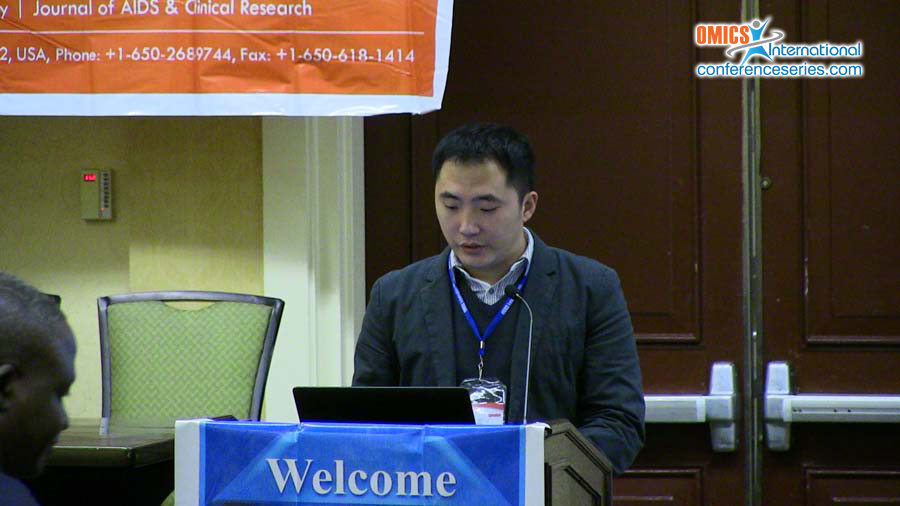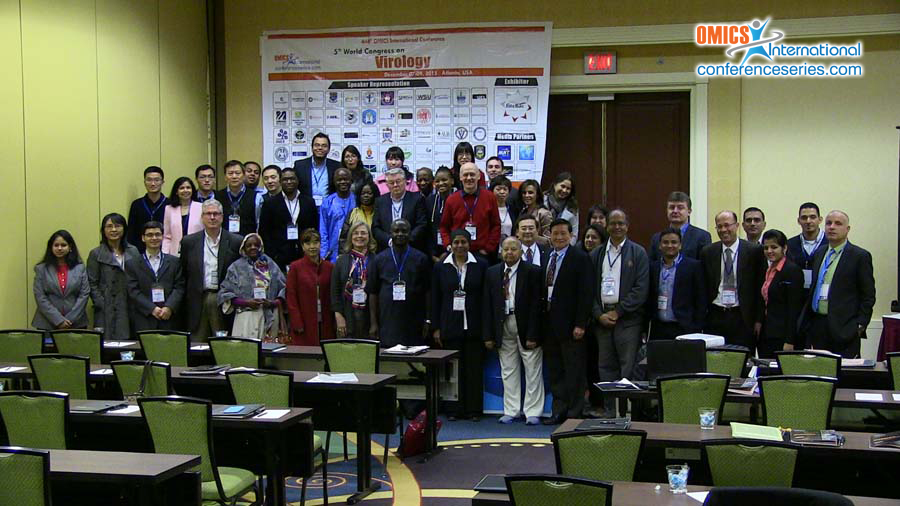
Jiehao Cai
Children’s Hospital of Fudan University,China
Title: Prevalence, genetic drift of haemagglutinin, and antiviral resistance of influenza viruses circulating in Shanghai in children during 2009-2013
Biography
Biography: Jiehao Cai
Abstract
Influenza A/H3N2 viruses are associated with the most severe epidemics. Antiviral resistance and continued antigenic drift are the major concerns regarding the prophylaxis and treatment of influenza. The objectives of this study were to investigate the prevalence and frequency of antiviral drug resistance in influenza A/H3N2 viruses circulating among Shanghainese children from June 2009 to May 2012 and to understand the genetic evolution of the haemagglutinin (HA) epitopes. Nasopharyngeal/throat swabs were collected from outpatients with influenza-like illness. Of the 3475 children tested, 344 (9.9%) were positive for influenza A/H3N2 viruses. Epidemics of influenza A/H3N2 occurred in July-September 2009, August 2010-January 2011, and November 2011-May 2012. The 71 A/H3N2-positive specimens were sequenced to characterize the genotypic antiviral resistance and genetic drift in the HA epitopes. All of the 71 A/H3N2 viruses sequenced were genotypically resistant to adamantine but sensitive to oseltamivir. The HA1 sequence analysis revealed that the A/H3N2 viruses underwent constant mutations in the HA antigenic sites over the three seasons compared with the corresponding vaccine strains, and amino acid changes in at least three epitopes were observed each season. Phylogenic analyses indicated that the A/H3N2 strains circulating in Shanghai fell into clades different from those of the corresponding seasonal vaccine strains and were grouped into the A/Perth/16/2009 genetic clade and the A/Victoria/208/2009 genetic clades 3B, 3C, and 5. The continuous monitoring of genetic drift and antiviral resistance of influenza viruses is important for the management of influenza and for updating the vaccine composition.



